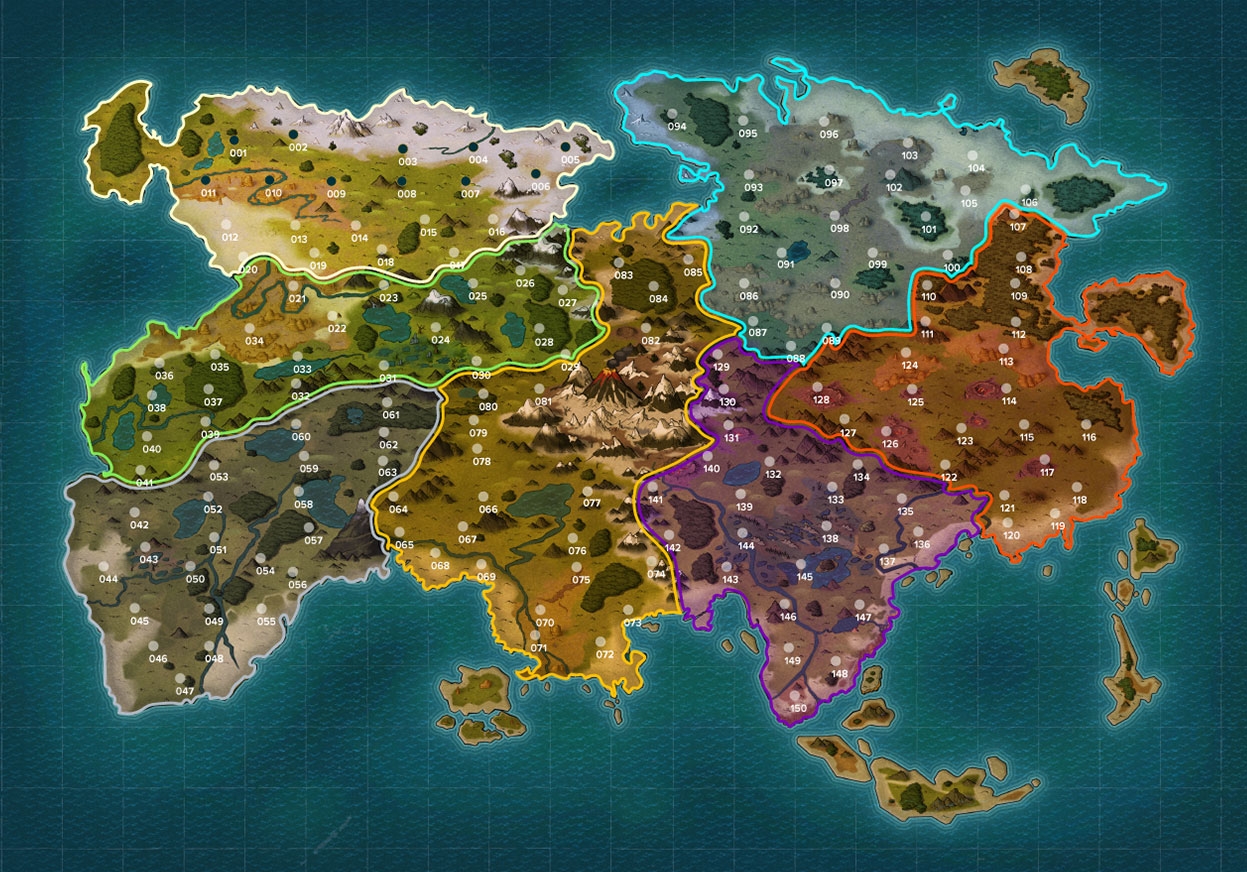The Secret of Praetoria
The highly anticipated expansion to the popular Splinterlands blockchain-based trading card game - The Secret of Praetoria - is finally nearing the first stages of playability after years of design and development! Claim your land NFTs, construct buildings, harvest resources, and ultimately produce new types of cards that can be created exclusively by land owners that can be used in Splinterlands battles or sold/rented to other players.
Following the fall of the veil surrounding Praetoria, the kingdoms, empires, nations, and peoples of the Splinterlands sailed forth to claim this newly discovered land as their own. Battle mages from across the Splinterlands have staked their claims as well. Soon, they will be able to settle this dangerous new land, extract its precious resources, and unlock the secret rumored to lie within!
Praetoria consists of 150 distinct player-owned land regions which each consist of 1000 land plots. This leads to a total of 150,000 player-owned land plots in total. Those land plots are organized into 10 different tracts within each region and the regions are grouped into 7 different territories of between 20 and 22 regions each.
Last updated
